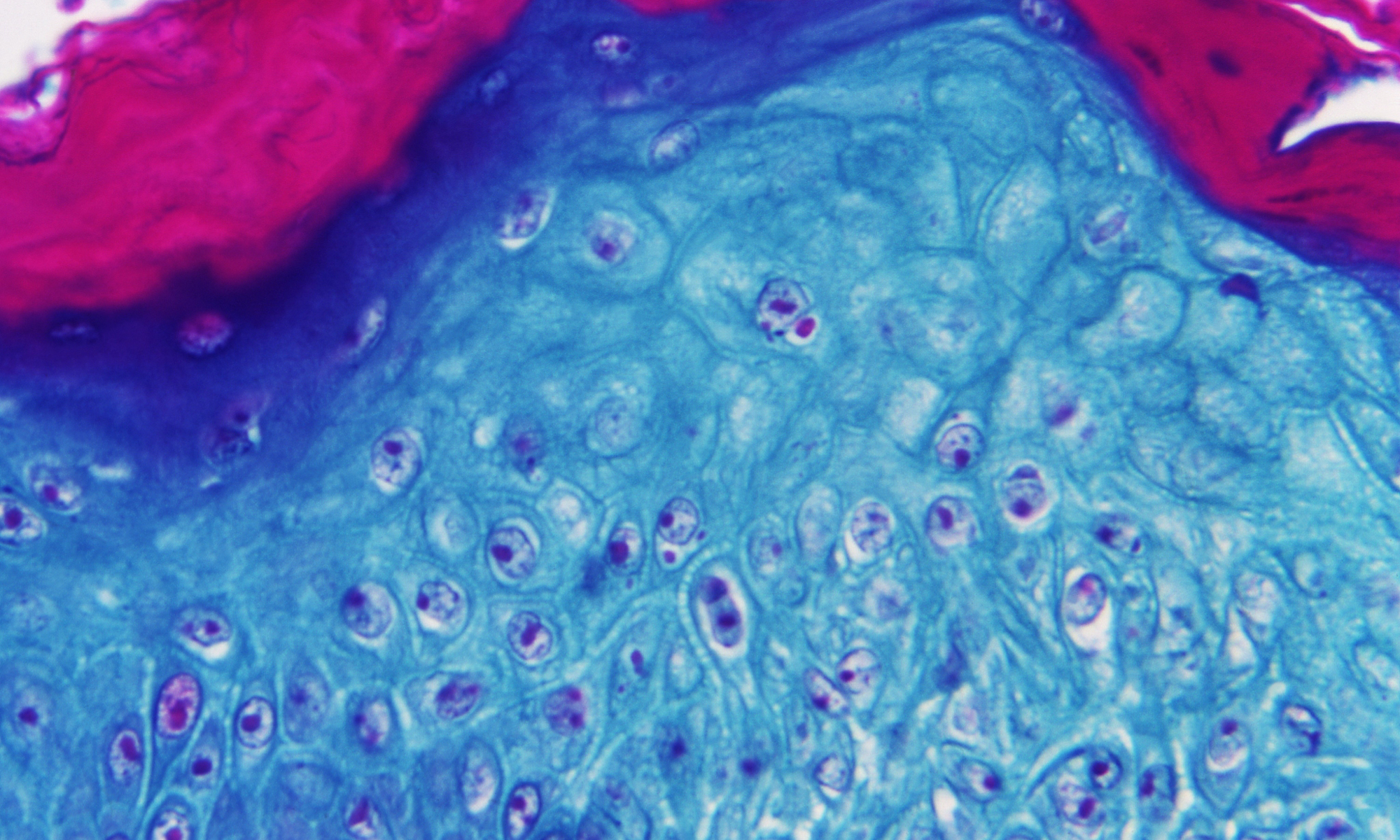
Monkeypox Photo: VCG
A monkeypox case was reported in Southwest China's Chongqing Municipality on Friday. It is the first time that the disease has been discovered in the Chinese mainland, following reports of it in China's Taiwan and Hong Kong regions.
The patient was an international arrival and the monkeypox was found during COVID-19 quarantine, media reports said, citing Chongqing health authorities.
The patient showed symptoms such as rash and was diagnosed as having monkeypox by national experts, according to media reports.
Currently, the patient is receiving treatment in a designated hospital and is in a stable condition. Close contacts of the patient have all been put under quarantine, media reports said.
The patient was quarantined immediately after arrival in Chongqing, so there is low risk of virus transmission to local communities, media reports said citing experts. The patient tested negative for COVID-19.
The news came about one week after Hong Kong reported the first monkeypox case detected in the city. The patient was also an international arrival who showed symptoms during quarantine. Before that, monkeypox was reported in Taiwan in June.
Monkeypox is a viral disease that the World Health Organization (WHO) declared a global health emergency on July 23. The virus leading to monkeypox is transmitted to humans through close contact with an infected animal or person, droplets, or virus-contaminated objects. It can also be passed from a mother to a baby via the placenta, and sexual transmission cannot be ruled out, according to monkeypox diagnosis and treatment guidelines that Chinese health authorities issued in June.
From January 1 through September 4, 2022, 52,996 laboratory-confirmed cases of monkeypox and 18 deaths have been reported to the WHO from 102 countries and regions, according to a WHO report released on September 7.
Since early May this year, cases of monkeypox have been reported from countries where the disease is not endemic, and continue to be reported in several countries where it is endemic. This is the first time that many monkeypox cases and clusters have been reported concurrently in non-endemic and endemic countries in widely disparate geographical areas, according to the WHO.
Wu Zunyou, chief epidemiologist with the Chinese Center for Disease Control and Prevention, warned in June following the reports of monkeypox in Taiwan that it was just a matter of time before monkeypox was found in Hong Kong, Macao and the mainland.
At a forum in August on monkeypox virus research and response, Gao Fu, former head of the Chinese Center for Disease Control and Prevention, and Zhang Wenhong, head of the infectious disease department at Huashan Hospital, among other experts, suggested that Chinese authorities should keep high vigilance, conduct strict surveillance, and issue timely warning signs to help researchers to develop countermeasures against monkeypox.
Lu Hongzhou, head of the Third People's Hospital of Shenzhen, told the Global Times that reports of imported monkeypox cases in China are unsurprising, but on the whole the disease poses little threat to Chinese communities.
Regional outbreaks can be prevented as long as cluster infections among high-risk groups are prevented via effective epidemic control measures and timely detection, Lu said.
Lu also suggested strict customs quarantine inspection to prevent imported cases.
Experts noted that some European countries, including Germany and the Netherlands, are already seeing a clear slowing of the outbreak, demonstrating the effectiveness of public health interventions and community engagement to track infections and prevent transmission.




